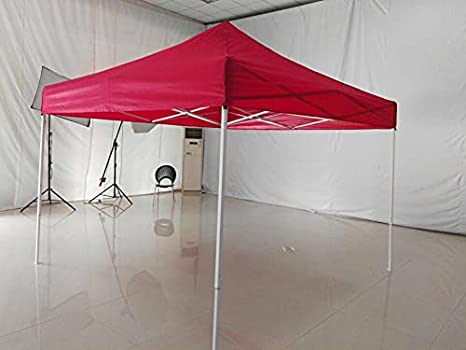Rotational molding, commonly known as Rotomolding, can be a well-liked producing technique used for producing hollow plastic merchandise. The process utilizes a very high-heat warming process that melts plastic-type resin within a mildew. The molten material is then rotated to evenly distributed round the mold’s interior, developing the preferred form. The final item is hollow, tough, and flexible. Rotational Molding is traditionally used in sectors for example auto, packing, underwater, and healthcare. If you are searching for being familiar with Rotomolding, this comprehensive guideline will demystify this process and assist you to appreciate this interesting producing approach.
The History of Rotational Molding
Rotomolding has existed more than a century. It was initially utilized in the manufacturing of gadget balls and dolls during the early 1900s. The technique was then utilized to create big, cylindrical tanks and storage units in the 1940s. Inside the 1960s, Rotomolding was a well-known creation method for developing intricate hollow goods. The method has since progressed to include automation, multi-layered products, and personalized coloration layout.
The Rotational Molding Process
Rotomolding requires four principal methods: packing, warming, air conditioning, and unloading. Very first, the mold is stuffed with powdered resin, that is then heated until it melts and is evenly distributed around the mold’s inside. The fungus is going to be cooled to solidify and harden this product before it is actually eliminated. The last product is usually finished and cut for the preferred form.
Materials Found in Rotational Molding
The types of materials found in Rotomolding are thermoplastics that melt and harden in reaction to heat alterations. Probably the most widely used resources are polyethylene, polypropylene, nylon material, and Pvc material. These supplies offer you numerous benefits, for example toughness, chemical substance opposition, and flexibility. In addition, Rotomolding components are recyclable, leading them to be eco friendly.
Benefits of Rotational Molding
Rotomolding delivers quite a few benefits over other production tactics. The most known edge is the capability to develop sophisticated hollow parts that will be difficult or out of the question to create employing other techniques. Rotomolding is yet another cost-effective approach, and it is suitable for developing lower-quantity creation operates. Furthermore, Rotomolding offers design flexibility, enabling custom designs, colors, and composition.
Uses of Rotational Molding
Rotomolding is popular in sectors for example auto, medical, sports and entertainment, and product packaging. Common items generated using the Rotomolding approach incorporate gas tanks, kayaks, play ground gear, automotive parts, and health-related devices. Rotomolding’s overall flexibility, efficiency, and changes choices allow it to be a great developing technique for an extensive range of apps.
Summary:
If you’re searching for a versatile, cost-effective, and custom producing approach, Rotomolding is a good choice. With being able to produce intricate, hollow pieces, Rotomolding is fantastic for an array of industries and programs. Whether you’re enthusiastic about creating car factors, healthcare gadgets, or playground gear, Rotomolding gives a variety of rewards. Understanding the historical past, approach, components, and uses of Rotomolding is essential to decide on the right manufacturing method to your undertaking. In case you’re enthusiastic about learning more about Rotomolding, always keep studying, and you will probably learn more about this fascinating production approach.



